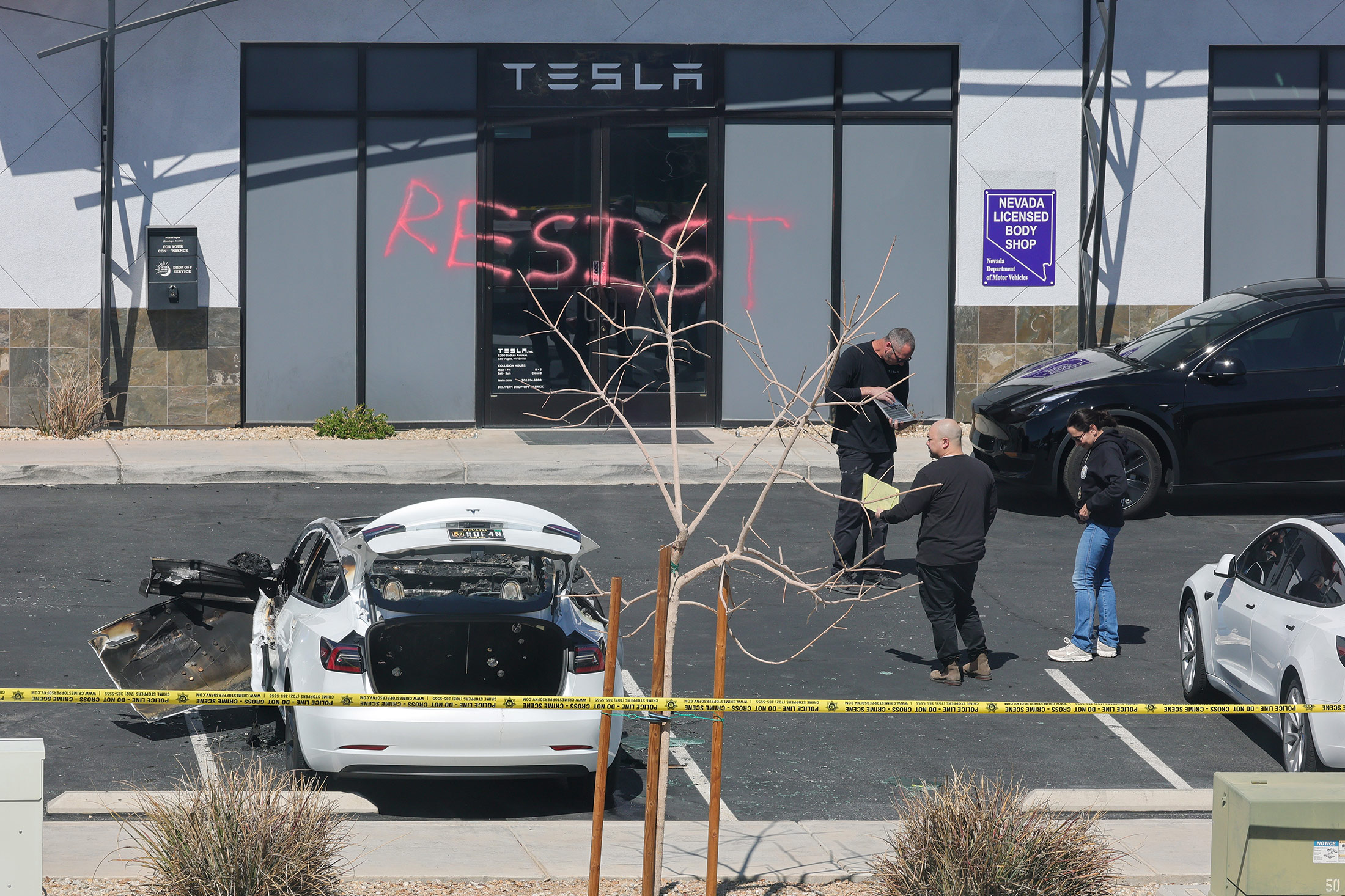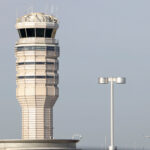Japan’s response to the nuclear crisis that followed the March 11 tsunami was confused and riddled with problems, including an erroneous assumption an emergency cooling system was working and a delay in disclosing dangerous radiation leaks, a report revealed Monday.
The disturbing picture of harried and bumbling workers and government officials scrambling to respond to the problems at Fukushima Dai-ichi nuclear power plant was depicted in the report detailing a government investigation.
The 507-page interim report, compiled by interviewing more than 400 people, including utility workers and government officials, found authorities had grossly underestimated tsunami risks, assuming the highest wave would be 6 meters (20 feet). The tsunami hit at more than double those levels.
The report criticized the use of the term “soteigai,” meaning “outside our imagination,” which it said implied authorities were shirking responsibility for what had happened. It said by labeling the events as beyond what could have been expected, officials had invited public distrust.
“This accident has taught us an important lesson on how we must be ready for soteigai,” it said.
The report, set to be finished by mid-2012, found workers at Tokyo Electric Power Co., the utility that ran Fukushima Dai-ichi, were untrained to handle emergencies like the power shutdown that struck when the tsunami destroyed backup generators – setting off the world’s worst nuclear disaster since Chernobyl.
There was no clear manual to follow, and the workers failed to communicate, not only with the government but also among themselves, it said.
Finding alternative ways to bring sorely needed water to the reactors was delayed for hours because of the mishandling of an emergency cooling system, the report said. Workers assumed the system was working, despite several warning signs it had failed and was sending the nuclear core into meltdown.
The report acknowledged that even if the system had kicked in properly, the tsunami damage may have been so great that meltdowns would have happened anyway.
But a better response might have reduced the core damage, radiation leaks and the hydrogen explosions that followed at two reactors and sent plumes of radiation into the air, according to the report.
Sadder still was how the government dallied in relaying information to the public, such as using evasive language to avoid admitting serious meltdowns at the reactors, the report said.
The government also delayed disclosure of radiation data in the area, unnecessarily exposing entire towns to radiation when they could have evacuated, the report found.
The government recommended changes so utilities will respond properly to serious accidents.
It recommended separating the nuclear regulators from the unit that promotes atomic energy, echoing frequent criticism since the disaster.
Japan’s nuclear regulators were in the same ministry that promotes the industry, but they are being moved to the environment ministry next year to ensure more independence.
The report did not advocate a move away from nuclear power but recommended adding more knowledgeable experts, including those who would have been able to assess tsunami risks, and laying out an adequate response plan to what it called “a severe accident.”
The report acknowledged people were still living in fear of radiation spewed into the air and water, as well as radiation in the food they eat. Thousands have been forced to evacuate and have suffered monetary damage from radiation contamination, it said.
“The nuclear disaster is far from over,” the report said.
The earthquake and tsunami left 20,000 people dead or missing.
Was this article valuable?
Here are more articles you may enjoy.

 Bankrupt 23andMe’s DNA Data Gets Sale Nod as Concerns Linger
Bankrupt 23andMe’s DNA Data Gets Sale Nod as Concerns Linger  Tesla Showroom Strikes, Vandalism Sparked by Fury Against Musk
Tesla Showroom Strikes, Vandalism Sparked by Fury Against Musk  Trump’s Tariffs Threaten to Endanger the Cheap American Car
Trump’s Tariffs Threaten to Endanger the Cheap American Car  FAA Must Do Better After Midair Collision, Acting Chief Says
FAA Must Do Better After Midair Collision, Acting Chief Says 